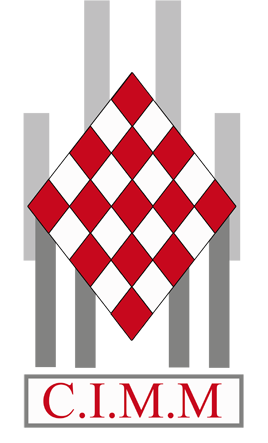CIMM: presentation of digital radiology in the Principality of Monaco

Our Centre d’Imagerie Médicale de Monaco (Monaco Medical Imaging Centre) also offers digital radiology, with efficient, up-to-date and secure machines. Our centre in Monaco performs lots of examinations, such as mammograms, dental imaging or even bone densitometry.
Radiology involves photographic images, created by X-rays, printed on flat sensors (new technology). The amount of X-rays received in the different zones of the sensor depends on the X-rays absorbed by the different irradiated tissues.
As a result, bones that are very dense at the base appear very clearly on X-ray images, while aerial organs (such as the lung alveoli) appear much darker or even entirely black in colour.
Flat sensors offer the clear advantage of immediately guaranteeing a high-definition, high-quality X-ray image, right from the moment the image is taken.
X-ray examinations
Our Centre d’Imagerie Médicale de Monaco carries out several specific X-ray examinations with contrast, such as oeso-gastroduodenal Transit (OGDT), pharyngo-oesophageal Transit (POT), barium enema, or transit of small intestine.
Oeso-gastroduodenal Transit and pharyngo-esophageal Transit
Oeso-gastroduodenal Transit is an examination that analyses the oesophagus, stomach and the first part of the small intestine (duodenum). It complements oesogastric fibroscopy.
The radiologist takes several sets of images after the patient has swallowed an iodine-based contrast agent to greatly improve X-ray quality.
The aim is to follow the route the swallowed product takes through the upper part of the digestive tract. This lasts approximately 15 to 20 minutes. Pharyngo-esophageal Transit takes place in the same way as Oeso-gastroduodenal Transit.
Barium enema
Barium enema is an examination that uses X-rays to study the colon, also known as the large intestine. A barium-based contrast agent is used to opacify and thus better visualize the colon, as is the case with the iodine-based contrast agent in the oeso-gastroduodenal transit and the pharyngo-esophageal transit.
Barium is introduced into the colon, via a small cannula placed in the anus, and then progresses through the entire colon, lining its walls, which will then be visible on the X-rays.
The examination is relatively fast (about 30 minutes) and is not painful.
Transit of small intestine
Transit of the small intestine corresponds to an X-ray of the small intestine.
We ask you to swallow a product which is opaque to X-rays. The duration of the examination can vary from 30 minutes to 1h30 on average, depending on the progress of the contrast agent in the intestine.

Looking after you for 40 years

Experienced medical and paramedical team

Equipment at the cutting edge of technology

